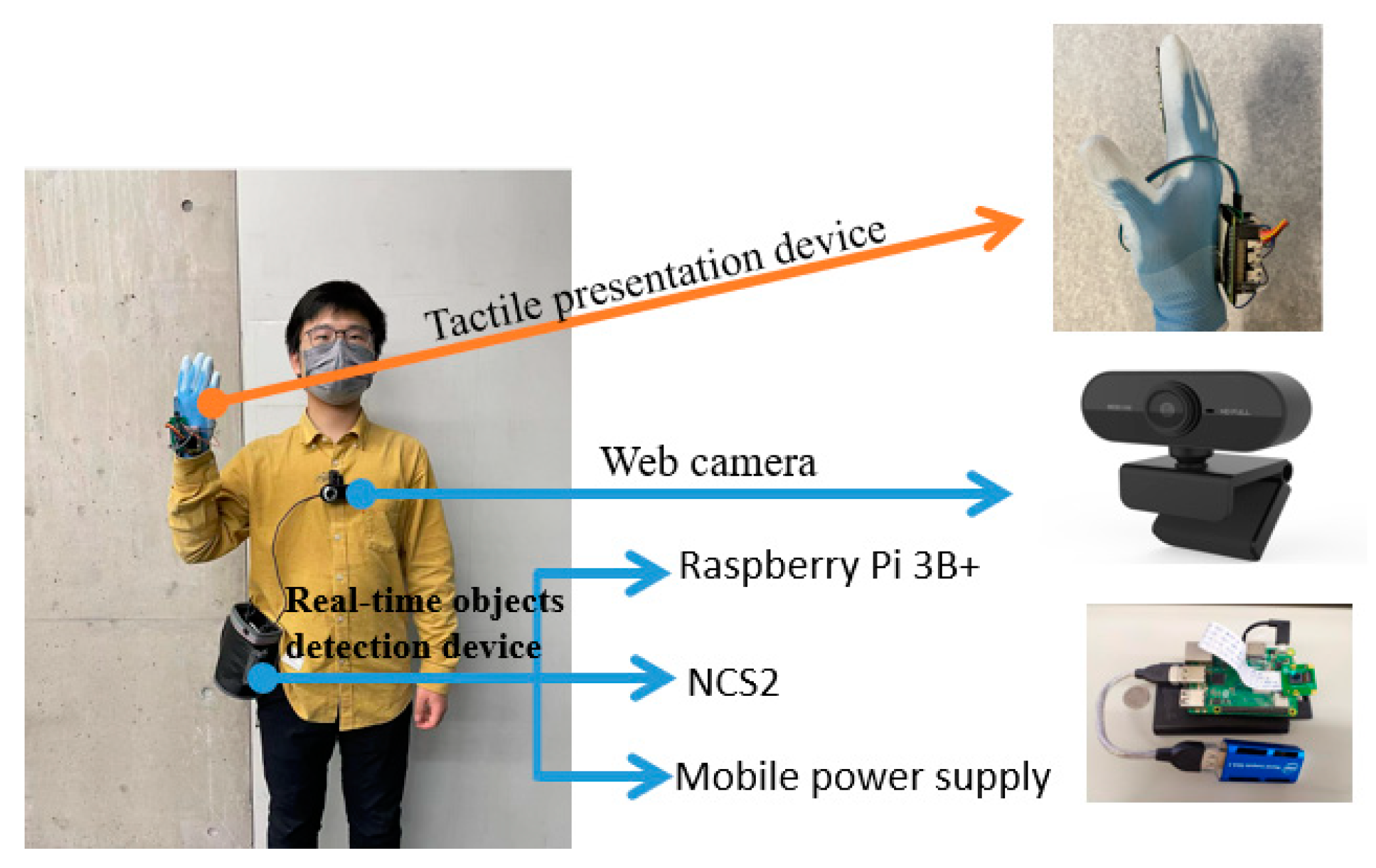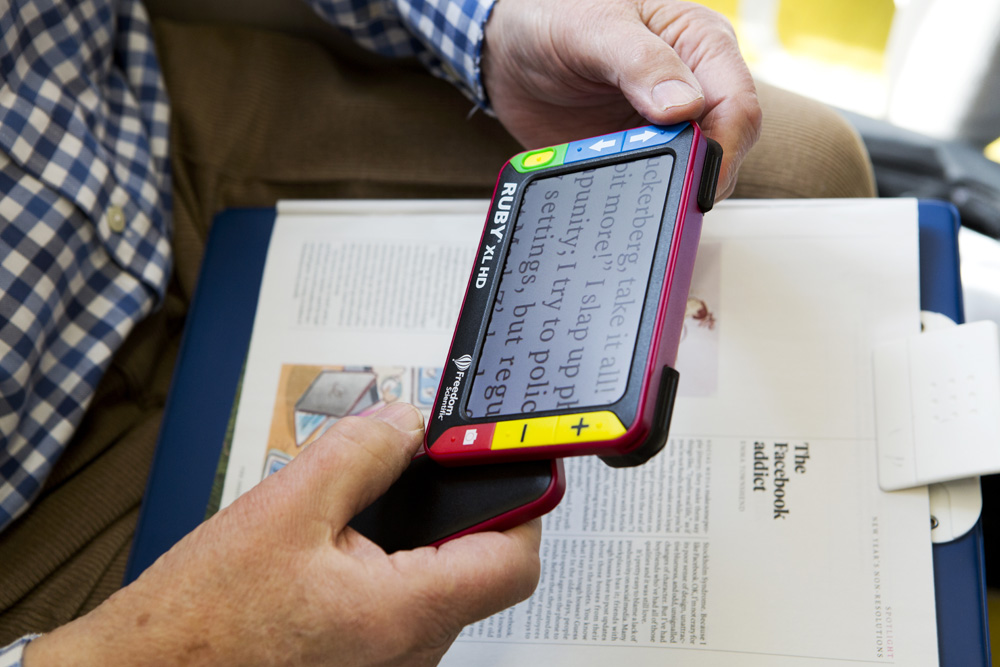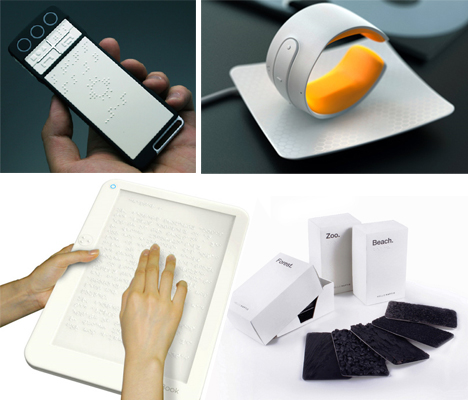OCR Devices for the Blind: Turning Print to Speech in Real-Time
OCR Devices for the Blind: Turning Print to Speech in Real-Time
Blog Article
Discover Ingenious Devices Created for the Aesthetically Impaired
The growth of cutting-edge tools for the aesthetically damaged represents a substantial improvement in ease of access and freedom. Technologies such as clever glasses with AI abilities and mobile applications developed to supply auditory descriptions are improving everyday experiences for customers.
Smart Glasses for Navigating

Smart glasses created for navigating are reinventing the means aesthetically impaired individuals interact with their environment. These sophisticated tools make use of a combination of video camera innovation, expert system, and acoustic comments to offer real-time information regarding surroundings. By using challenge discovery systems, clever glasses can alert users to possible risks, making it possible for more secure mobility in both unknown and familiar setups.
The integration of GPS modern technology better boosts navigating abilities, permitting individuals to get acoustic instructions as they move. This hands-free strategy not just promotes freedom but also encourages visually damaged people to browse urban landscapes with raised self-confidence. Furthermore, numerous wise glasses are outfitted with functions that identify spots and road indications, offering contextual information that improves the user experience.
Additionally, the advancement of these devices is continuously advancing, with business functioning to enhance the precision of item acknowledgment and increase the series of navigational features. As clever glasses end up being much more cost effective and available, they hold the possible to considerably change life for visually damaged customers. Inevitably, these ingenious tools stand for an important step towards inclusivity, offering enhanced wheelchair and a greater sense of freedom for individuals browsing the globe around them.

Mobile Application for Daily Living
Exactly how can mobile applications improve the every day lives of visually impaired people? Mobile apps are revolutionizing the method aesthetically impaired individuals navigate their atmospheres, handle day-to-day tasks, and access information. These applications supply crucial support through numerous capabilities, cultivating freedom and improving lifestyle.
A number of ingenious mobile apps are made specifically for daily living. For example, apps like Be My Eyes attach visually impaired individuals with sighted volunteers via video telephone calls, enabling them to get real-time assistance with jobs such as reviewing tags or navigating strange spaces. Similarly, Seeing AI, developed by Microsoft, makes use of man-made knowledge to explain environments, checked out text, and recognize objects, successfully transforming a mobile phone right into an effective tool for daily aid.
Furthermore, navigating apps tailored for the aesthetically impaired, such as Aira and BlindSquare, use audio-based directions and environmental information, enabling individuals to traverse their environments safely and confidently. Past navigation and instant aid, mobile apps likewise sustain company and task monitoring, with attributes that help users establish tips, create to-do checklists, and track appointments. In summary, mobile applications function as vital sources, encouraging visually impaired individuals to lead more independent and satisfying lives.
Wearable Technologies for Assistance
Empowerment via innovation is significantly apparent in the world of wearable tools developed to help aesthetically impaired individuals. These cutting-edge devices incorporate perfectly into daily life, improving navigation and supplying essential feedback to customers. As an example, clever glasses geared up with electronic cameras can read and identify faces text aloud, enabling users to communicate more confidently in expert and social settings.
An additional significant innovation is the use of haptic feedback systems in wearable gadgets. These systems utilize vibrations or various other responsive signals to convey information about see here the user's atmosphere, such as challenges or changes in terrain, boosting flexibility and security. Wearable technologies additionally include wristbands that attach to smart devices, alerting customers to notifications via subtle vibrations, thus improving connection without dependence on aesthetic signs.
As these modern technologies proceed to develop, they are not only improving independence for visually impaired people yet also fostering a higher sense of inclusion in culture. By bridging the void between challenges dealt with in daily living and the possibility for freedom, wearable innovations act as crucial tools in the quest for equal rights and empowerment for those with aesthetic disabilities.
Audio Description Tools
Sound description tools play an important function in boosting access for visually impaired people, giving them with the capability to engage with aesthetic media. Braille displays and notetakers. These devices offer stylish glasses narrated summaries of key visual aspects in films, television programs, and live efficiencies, ensuring that users can fully understand the context and emotions communicated with visuals
Audio description can be integrated into different platforms, consisting of streaming solutions, cinema screenings, and live movie theater. Several preferred streaming solutions currently include audio description as an accessibility feature, allowing audiences to choose it easily. Along with conventional media, specialized applications likewise exist, offering audio summaries for art events, museums, and other cultural events.
The efficiency of audio summary rests on the skill of the storytellers, who have to communicate aesthetic information succinctly without detracting from the original sound. Advancements in this area are additionally paving the method for more tailored experiences, where individuals can adjust the level of detail and pacing according to their preferences.
Braille Innovations and Tools
Braille tools and advancements have actually substantially changed the way aesthetically damaged individuals communicate with message and information. Modern innovations have led to the development of flexible tools that improve proficiency and independence among individuals.
Moreover, mobile Braille notetakers combine traditional Braille input with modern-day performances, facilitating note-taking, organizing, and document modifying on the move. AI-powered visual aids. These compact gadgets often feature text-to-speech abilities, bridging the space between Braille and auditory info
Furthermore, cutting-edge Braille printers have actually arised, allowing individuals to create Braille labels, documents, and instructional products efficiently. This accessibility cultivates higher involvement in specialist and academic environments, ultimately advertising inclusivity.
Additionally, study right into clever Braille innovations proceeds to increase. Devices that include expert system click for source are being discovered to supply real-time navigating support and contextual info, boosting the individual experience in diverse setups. In general, these technologies show a commitment to empowering visually damaged people with technology, guaranteeing they can conveniently accessibility and engage with the world around them.

Conclusion
The improvement of innovative devices for the visually impaired considerably improves independence and quality of life. These modern technologies not just foster greater incorporation however additionally promote autonomy in daily activities, eventually adding to an extra accessible and equitable culture for aesthetically damaged people.
As wise glasses end up being much more accessible and economical, they hold the possible to considerably transform everyday life for aesthetically damaged users. Mobile applications are transforming the method visually impaired individuals navigate their environments, manage day-to-day tasks, and accessibility info. Applications like Be My Eyes link visually damaged customers with sighted volunteers using video phone calls, permitting them to obtain real-time help with jobs such as checking out tags or browsing unfamiliar areas.In addition, navigation applications customized for the visually damaged, such as Aira and BlindSquare, supply audio-based directions and ecological information, allowing individuals to traverse their environments safely and confidently.The advancement of ingenious tools for the aesthetically impaired considerably improves independence and quality of life.
Report this page